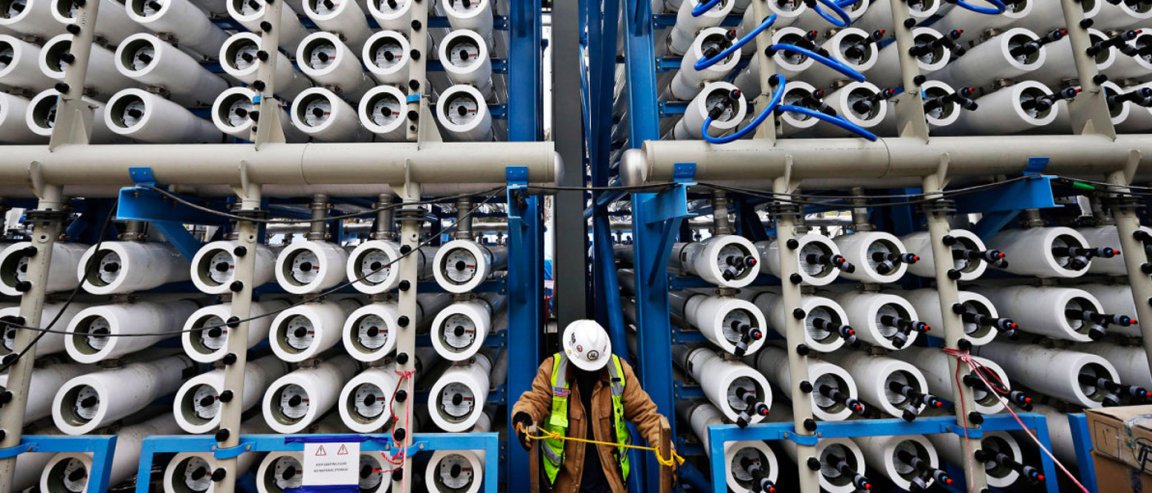
Desalination is a process that is expected to take on more of the world’s ever increasing water demand. In fact, more and more research is going into finding ways to refine the procedure of turning salt water into drinkable water. However, some have doubted the practicality of large-scale desalination.
But it turns out, it may very well be practical.

Case in point, the world’s largest desalination project, the Sorek in Israel, is ramping up to full capacity. The plant is already providing 20% of the water consumed in the country, and it is expected to produce 627,000 cubic meters of water daily when at full capacity.
The plant was built for around $500 million and uses a conventional desalination technology called reverse osmosis (RO).
Israel is already betting big on desalination. It accounts for 40 percent of Israel’s water supply, and in late 2016, a total of about 50 percent of the country’s water is expected to come from desalination.
Sorek is already making waves in proving the viability of desalination. It will profitably sell water to the Israeli water authority for 58 U.S. cents per cubic meter, lower price than other desalination plants. Its energy consumption is among the lowest in the world for large-scale desalination plants.